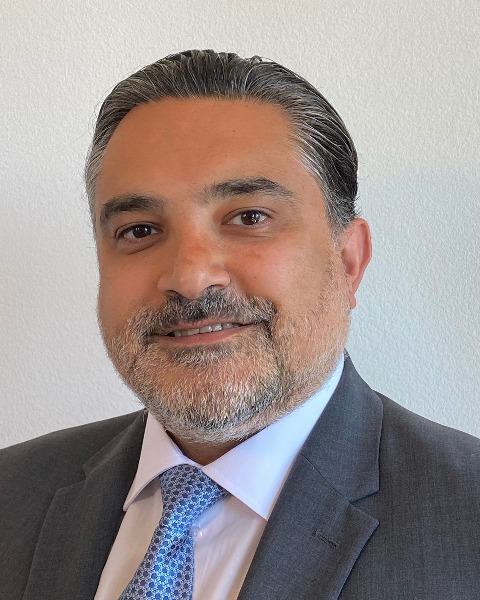SIR 2025
Interventional Oncology
Scientific Session
Outcomes of Irreversible Electroporation for the Treatment of Locally Advanced Pancreatic Cancer

Ricardo Resende Azevedo, PhD
PD/PhD Candidate
UC Irvine, United States- DI
David K. Imagawa, MD, PhD
Chief of Hepatobiliary and Pancreas Surgery/Islet Cell Transplantation
Division of Hepatobiliary and Pancreas Surgery, Surgery, United States - MR
Marianne R. Rara, BS
Medical Student
UC Irvine School of Medicine, United States - HC
Hannah Cho, BA
Medical Student
UC Irvine School of Medicine, United States 
Farshid Dayyani, MD, PhD (he/him/his)
Professor of Clinical Medicine
University of California Irvine, United States- JV
Jennifer Valerin, MD, PhD
Assistant Clinical Professor
Division of Hematology/Oncology, Department of Medicine, University of California Irvine, United States 
Nadine Abi-Jaoudeh, MD, FSIR
Professor of Radiology
University of California, United States
Presenting Author(s)
Author/Co-author(s)
To evaluate the safety and efficacy of irreversible electroporation (IRE) for the management of unresectable locally advanced pancreatic cancer (LAPC).
Materials and Methods:
A retrospective chart review was performed of pancreatic IRE performed by Interventional Radiologists or Hepatobiliary Surgeons between 2010 and 2024 at a single institution. 33 patients (Male/Female=20/13, Median Age=65.5) with biopsy proven pancreatic cancer (adenocarcinoma=31, neuroendocrine=2) were included. Data was collected for: patient demographics, comorbidities, prior therapies, tumor size, tumor pathology, tumor location, pre-treatment liver function tests and tumor markers, length of treatment stay, IRE treatment parameters, complications, adverse events, post- treatment labs, post-treatment therapies, and overall survival (OS).
Results:
Of 33 patients, 16 were treated with percutaneous IRE and 17 were treated with open or laparoscopic IRE. Of surgically performed IREs, 9 also received additional intervention (e.g. gastrojejunostomy, hepatojejunostomy, or pancreatojejunostomy). 3 patients received more than one treatment session. 16 patients had previously received one prior line of chemotherapy and 11 received two or more prior lines. 16 patients previously received prior radiation therapy and 15 previously received surgery. Median tumor size was 3.3cm (95% CI=4.0-2.8). The mean OS was 13.0 months (SD=11.6) for all patients, 10.2 months (SD=11.6) for percutaneous IRE, and 15.6mos (SD=12.8) for surgical IRE. Major complications within 90 days included 1 SMA thrombus, 1 SMA pseudoaneurysm, 1 SMV thrombus, 1 anemia secondary to a peripancreatic hematoma, and 1 GI bleed of unknown origin.
Conclusion:
Our observed OS compares favorably to other retrospective and prospective studies on IRE for pancreatic cancer. Furthermore, we found both percutaneous and surgically performed IREs are efficacious. Our data adds to a growing body of literature that IRE may be a safe and effective option for the treatment of LAPC in patients who have failed other therapies and are not eligible for surgery.


.jpg)